
What lead can I use to stop my dog pulling?
Walking a dog should be a wonderful time shared between the owner and the beloved pet. However, when the dog suddenly exerts force and drags the leash wildly, the comfort is instantly replaced by tension.
In the warm world of human-dog companionship, training a dog to master the "fetch" skill not only adds endless fun to daily interactions but also deepens the emotional bond between them. Imagine that the sun shines on the grass in the park. You gently throw a small ball, and the dog dashes out like an arrow leaving the bow. After accurately catching the ball, it runs back to you happily and obediently puts the ball in your hand, with a gleam of expectation for praise in its eyes. What a beautiful and desirable scene this is. However, to make this beautiful scene a reality, the owner needs to put in patience, love, and the right training methods.
Dogs are born with the instinct to chase and retrieve, which stems from the hunting habits of their ancestors in the wild. But transforming this instinct into the "fetch" skill that obeys the owner's commands is not something that can be achieved overnight. First of all, we should understand that every dog is a unique individual, with different personalities, learning abilities, and interest preferences. Some dogs may be naturally enthusiastic about items such as balls, while others may be more interested in plush toys. Understanding the characteristics of your own dog is the first step to successful training.
Before starting the training, we need to prepare suitable props. Select an item that the dog is interested in and easy to retrieve, such as a tennis ball of moderate size, a soft plush toy, or a special frisbee. At the same time, prepare some delicious small snacks as rewards. The choice of snacks should be based on the dog's taste and health condition to ensure that they are attractive and will not have a negative impact on the dog's health.
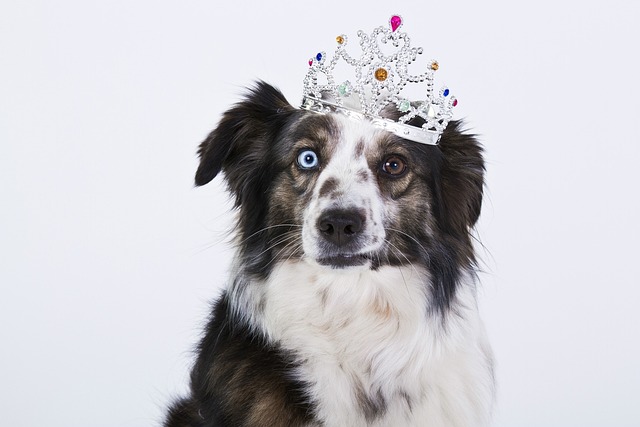 The training should start in a quiet indoor environment with not too many distractions. Let the dog get familiar with the training props. Place the item in front of it, allowing it to smell and look at it to arouse its curiosity. When the dog actively touches the item or shows interest in it, immediately give enthusiastic praise and a small snack as a reward. Use a gentle and excited tone to say encouraging words like "good dog" to the dog, so that the dog can establish a positive connection between touching the item and receiving the reward.
The training should start in a quiet indoor environment with not too many distractions. Let the dog get familiar with the training props. Place the item in front of it, allowing it to smell and look at it to arouse its curiosity. When the dog actively touches the item or shows interest in it, immediately give enthusiastic praise and a small snack as a reward. Use a gentle and excited tone to say encouraging words like "good dog" to the dog, so that the dog can establish a positive connection between touching the item and receiving the reward.
Next, enter the formal "throw-retrieve" training session. First, take the dog to an open area and gently throw the item a short distance, while giving a clear and concise command, such as "go, fetch". The dog may be at a loss at first, or just look at the item without taking action. At this time, the owner can gently guide the dog to run in the direction of the item with their hand. Once the dog approaches the item, give encouragement again. If the dog successfully picks up the item, immediately give a lot of praise and a snack as a reward to reinforce its correct behavior.
After the dog gradually gets familiar with this process, we can gradually increase the throwing distance, but be careful not to increase it too much at once, so as not to make the dog feel difficult and lose interest. At the same time, make sure that the dog can get timely and generous rewards every time it successfully retrieves the item. With the increase in the number of training sessions, the dog will become more and more proficient in performing the "fetch" action.
However, some challenges are inevitable during the training process. For example, the dog may be reluctant to come back after picking up the item, or it may play with the item by itself and not obey the command. At this time, the owner should never get angry or punish the dog, because punishment may make the dog feel scared and confused, and thus develop a resistance to the training. Instead, we can try to attract the dog's attention with more attractive snacks or interesting sounds and guide it to come back. In addition, maintaining consistency in training is also very important. Family members should use the same commands and methods during training to avoid confusing the dog.
In addition to daily training, establishing a deep trust and emotional relationship with the dog is also the key to successful training. In daily life, spend more time accompanying the dog, playing and interacting with it, and let it feel the owner's love and care. When the dog knows that the owner is trustworthy and reliable, it will be more willing to obey the owner's commands and actively participate in the training.
The process of training a dog to "fetch" is actually a process of witnessing the dog's growth and progress. Every time the dog successfully completes the task, its excited tail wagging and the eyes full of expectation for praise make us feel endless warmth and joy. Through this training, we not only teach the dog a skill but also deepen our understanding and trust in each other during the interaction with the dog, making our lives more colorful because of the dog's presence. Let's embark on this fun training journey with the dog with patience and love and create more wonderful memories.

Walking a dog should be a wonderful time shared between the owner and the beloved pet. However, when the dog suddenly exerts force and drags the leash wildly, the comfort is instantly replaced by tension.
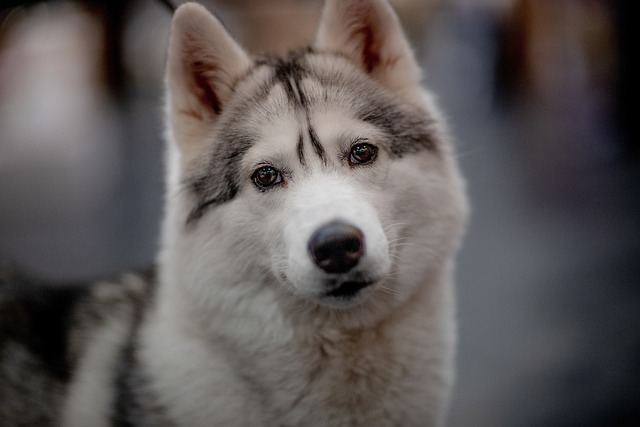
When the fluffy little puppy comes to our home, its innocent and lovely appearance instantly captures our hearts.
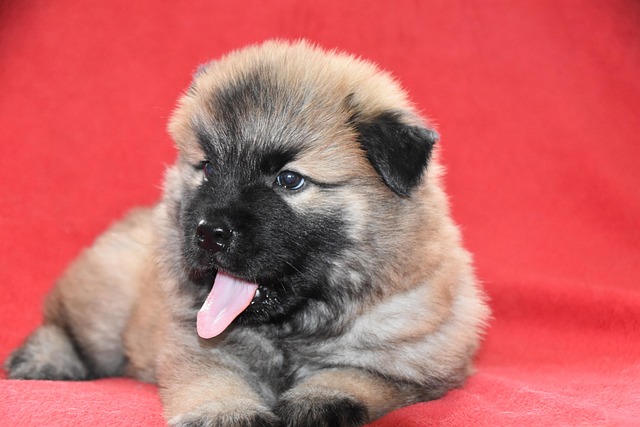
In the late night, when the whole world is immersed in tranquility, the dog at home suddenly starts barking incessantly. The sharp barking breaks through the silence,

In the quiet afternoon or in the dead of night, the Siberian Husky at home suddenly starts barking loudly without any warning,
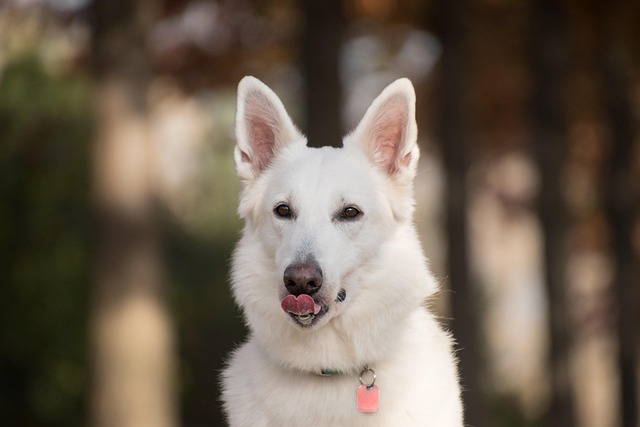
When the Irish setter walks with an elegant pace, its reddish-brown hair shines in the sun, and its lively eyes are full of curiosity and enthusiasm, anyone will be attracted by this unique charm.
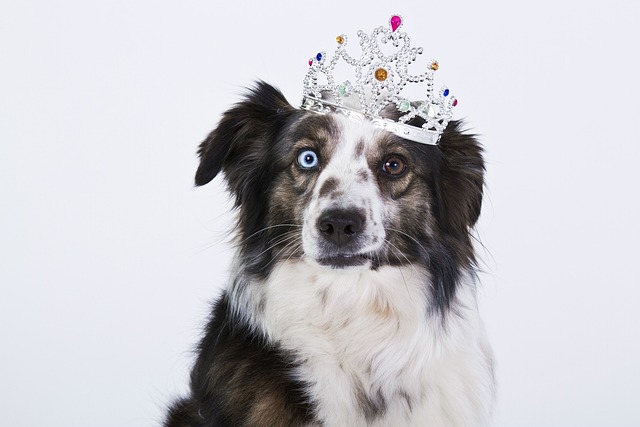
When the furry little life stumbles into our lives, the soft and sticky cry and wagging tail instantly melt the hearts of countless dog owners. However, behind this sweet companionship, puppy potty training is like a mountain in front of them.